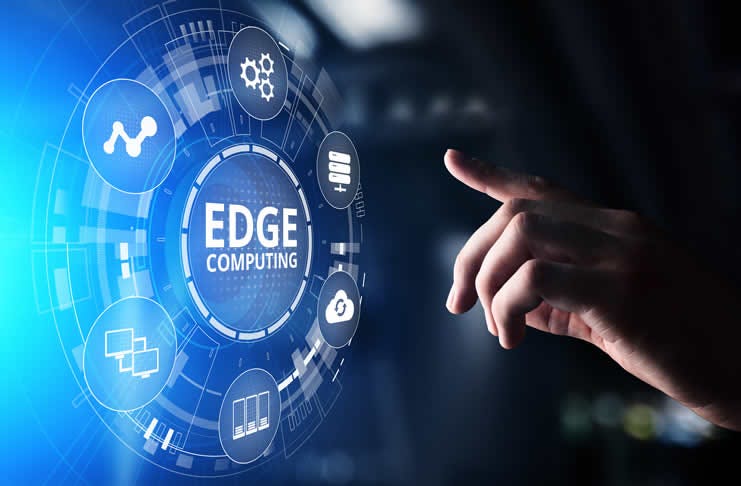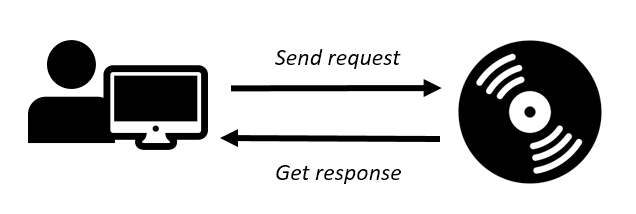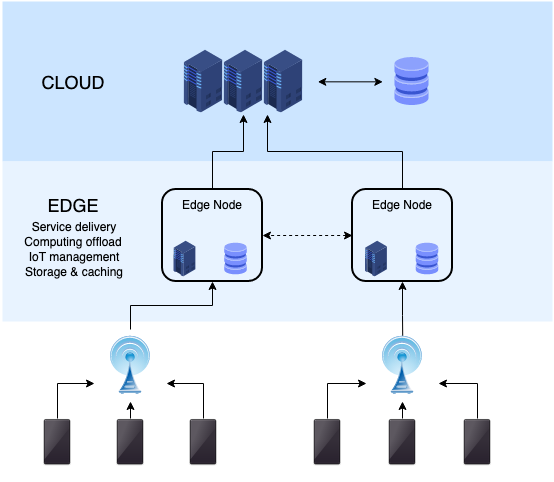Edge computing is growing exponentially, but what is it, how and where is it used, and will it replace the cloud?

Photo by Wright Studio on Shutterstock
Introduction
This article will hopefully introduce you to edge computing. We will compare it to cloud computing, discuss its main advantages & disadvantages and some use cases. The cherry on the top: a prediction on edge computing at the end of the article, and whether cloud computing will be made obsolete by edge computing.
C
loud computing is now well anchored in our daily lives. To the point that whether you are aware of it or not, you are probably using it right now. It ranges from the obvious online cloud storage (Dropbox and OneDrive come to mind), communication services (email & messaging), digital assistants (Siri, Alexa, Google Assistant), to entertainment content providers (Spotify, Netflix, …).
Those services are centralized. Whenever you send a request it is sent to the cloud provider, processed, and returned to you. To put it simplistically:

Author creation — Right-hand image by Raul Almu on Shutterstock
The level of dematerialization has increased over the last decades. This is a change from the former paradigm, where physical storage was used, think of accessing a CD/DVD:

Author creation — Right-hand image by PNG Creation (Source)
Another paradigm has now emerged between those two extremes: edge computing.
What is Edge Computing?
Edge computing could be defined as ‘a local, distributed extension to centralized cloud computing’.
Where does it fit in the picture?
To understand the place of Edge computing, let’s compare it to cloud Computing.
Cloud computing is centralized:
- Owners/managers: the majority of cloud computing is managed by four players — Amazon, Microsoft, Google, and IBM¹,
- Area: the data is stored in data centres,
- Data treatment: processing/computation takes place in data centres.

Image by Robert White on Focus-works.com
Edge computing is distributed:
- Owner: a company can own an edge server and have it installed locally,
- Area: data storage is closer to the user location (at the ‘edge of the network’), where it is needed,
- Data treatment: most of the data treatment takes place on distributed device nodes (IoT devices — Internet of Things), or locally. Data centres thus become optional.
Additionally, it interacts with the physical world via IoT devices e.g. sensors and cameras (more on this later).

Image by Robert White on Focus-works.com
How does cloud and edge computing interact?

Creation by NoMore201 — CC BY-SA 4.0, on Wikipedia
- Starting from the bottom third, we see IoT sensors interacting and collecting data from the physical world.
- In the middle, the data is treated in a local edge server. This data can be stored, and exchanged between other edge servers. Note that in some cases the treatment of the data can already happen at the level of the IoT devices.
- The cloud layer is here optional, it acts as a support in case of any heavy-lifting processing, or for storing historical data.
Let’s now review a few use cases of edge computing to understand which industries it could disrupt in the future.
#predictions #iot #edge-computing #cloud-computing #technology #cloud
